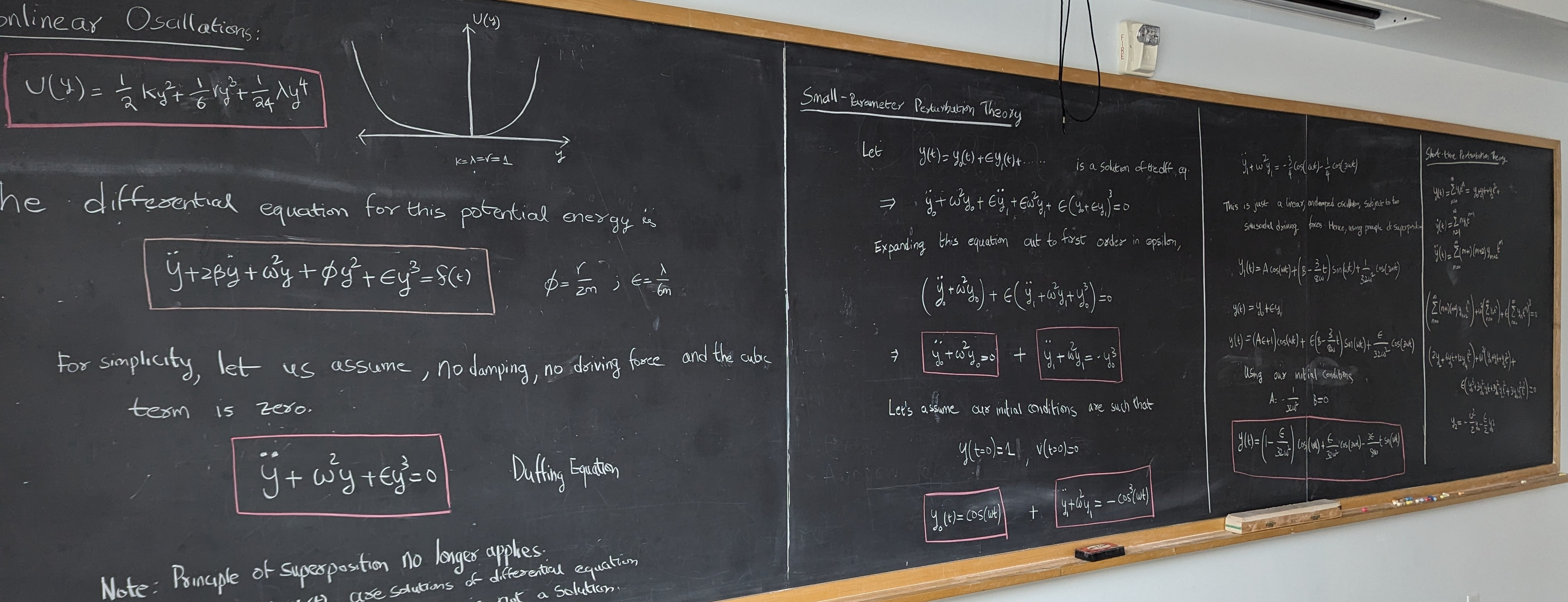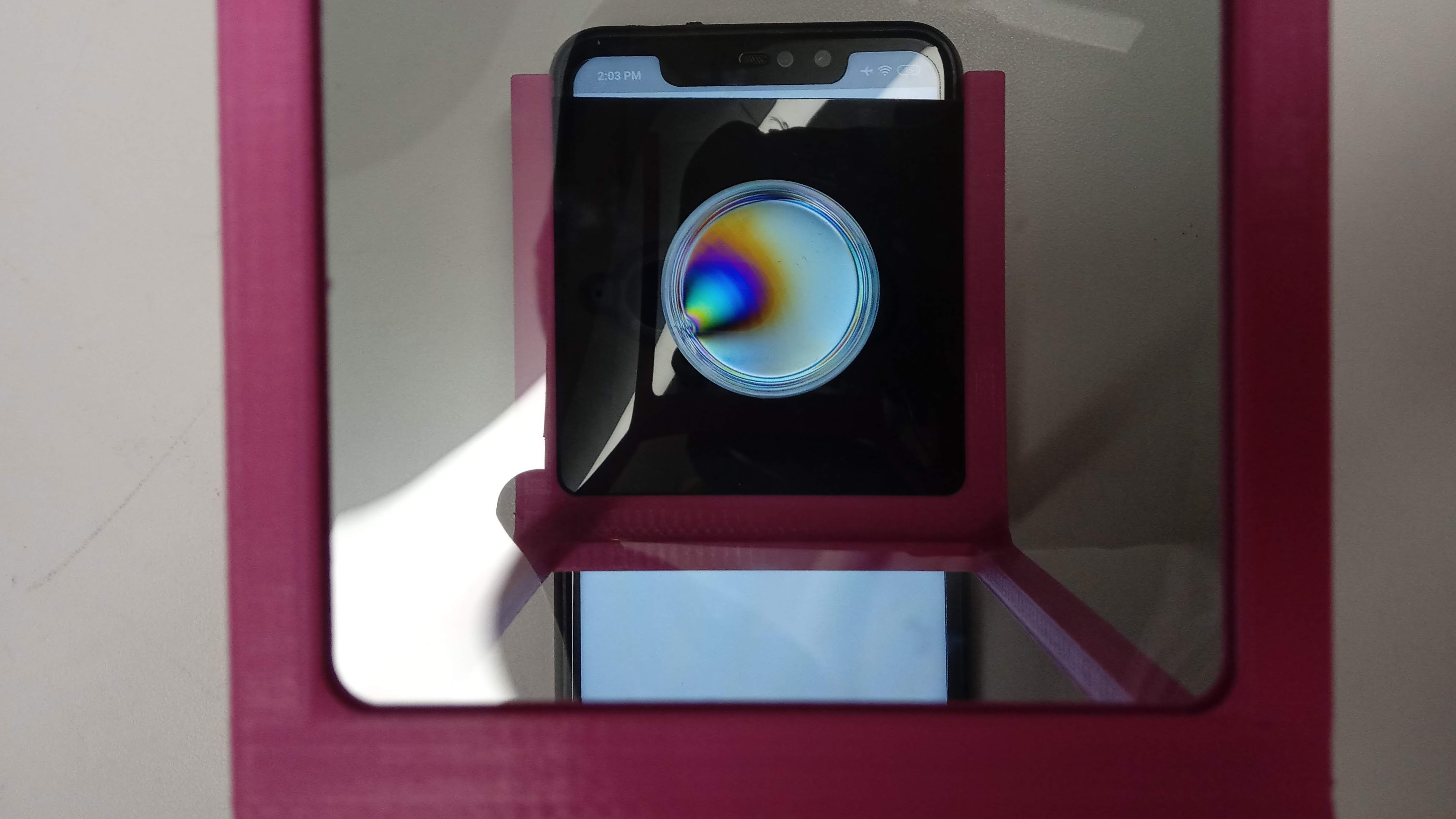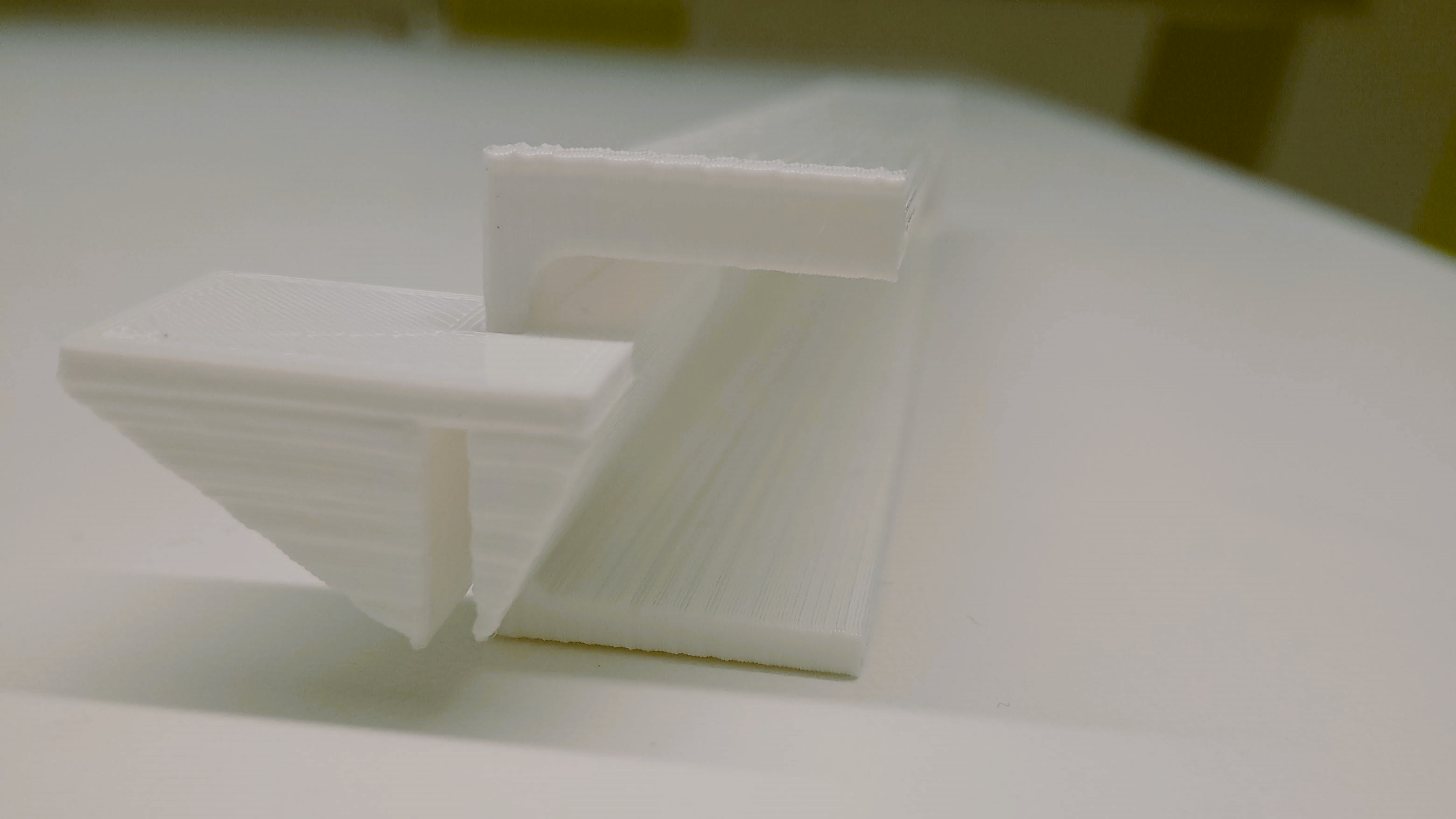teaching
I firmly believe that teaching is a powerful tool for deepening one’s comprehension of concepts. During my time at Caltech, I had the privilege of attending lectures delivered by exceptional instructors. Drawing from their teaching methodologies, I have strived to integrate their valuable insights into the classes where I served as a teaching assistant.

Ae/APh 104c experimental methods
spring 2022; instructor: Prof. Beverley McKeon
course Contents: experiments in solid and fluid mechanics with emphasis on current research methods.
role: responsible for training a group of graduate students on the utilization of digital image correlation (DIC) for the analysis of deformation in disordered metamaterials.
Ae/AM/CE/ME 102b mechanics of structures and solids
winter 2020; instructor: Prof. Ares Rosakis
course contents: review of continuum mechanics, simple maerials without memory, hyperelastic materials, linearization, properties of \(C\) tensor, elastodynamics, 3d elastic problems of spherical symmetry, plane strain and plane stress, airy’s stress functions, linear elastic fracture mechanics.
role: in charge of developing & grading problem sets, conducting office hours, leading recitations, and organizing review sessions.
ME 12c: mechanics (rigid body dynamics)
spring 2020; instructor: Prof. Domniki Asimaki
course Contents: kinematics of particles, kinetics of particles, kinetics of system of particles, plane kinematics of rigid bodies, plane kineics of rigid bodies, three-dimensional dynamics of rigid bodies, vibrations (single d.o.f and rigid bodies), introduction to fluid mechanics
role: in charge of developing & grading problem sets, conducting office hours, leading recitations, and organizing review sessions.


ME 12c: mechanics (mechanics of materials)
spring 2019; instructor: Prof. Chiara Daraio
course Contents: equilibrium of force systems, principle of virtual work, distributed force systems, friction, static analysis of deformable structures.
role: supported the instructor (not as a TA) by creating a variety of in-class demonstration samples such as tabletop photoelasticity.


Left: Tabletop photoelasticity setup using polaroid sheets.
Right: Concept of shear center and demonstration of bending induced shear flow in beams.
If you can’t explain something in simple terms, you don’t understand it. - Richard Feynman